- Expert advice/
- Fashion & beauty/
- Shoes & accessories/
- Train or No Train? The Pros and Cons of Wedding Dress Trains
- Shoes & accessories
Train or No Train? The Pros and Cons of Wedding Dress Trains
To have or not to have a wedding dress train? That is the question we will help you answer today.
Last updated February 5, 2024

Some brides envision the wedding dress train before having any idea of what the rest of the dress will look like, while others have no concept of what a train is in the first place. A train is the extra fabric attached to the back of the dress that extends behind the bride as she walks. It can exude feelings of majesty and grandeur and make a bride feel like a bride, but depending on the style, it can also be easily damaged, difficult to move in, and expensive.
It’s important to consider what you want in a wedding dress and to determine whether or not you want a wedding dress train before you shop for your gown. To help you make your decision, we have outlined both the pros and the cons of a wedding dress train, as well as a few alternative options. Then, you can move on to selecting the type of train you’d like and the proper bustle to go with it. This is just the beginning of an endless series of small choices you’ll make while planning your wedding.
Pros of a Wedding Dress Train
The Dramatic Effect
A common phrase you may hear (or say yourself) when wedding dress shopping or when watching a marathon of Say Yes To The Dress is “It’s a beautiful dress, but it doesn’t feel bridal.” This comment or some variation of the sort is typically due to the lack of drama or necessary je ne sais quoi the dress has. Sometimes, this can be solved with an embellished belt or a show-stopping veil, but almost always it can be solved with a train. A train is the epitome of “bridal.” It can turn an evening gown into a bridal gown and a beautiful dress into a wedding dress.
It Looks Great In Photos
The same qualities in a train that give it the ability to drop jaws and turn heads in person also apply in photos. Some of the most stunning wedding portraits we’ve seen capture our attention, because of an extravagant bridal train.
The train may extend any number of feet beyond the end of the skirt, which means it will create a dramatic, photo-worthy moment as you walk down the aisle. With the way it drapes across the floor and cascades down steps, it will draw all the attention to the one wearing it (you) both in person and in photos. If you want your wedding gown to make an impact on the pages of your wedding album, a train will accomplish it.
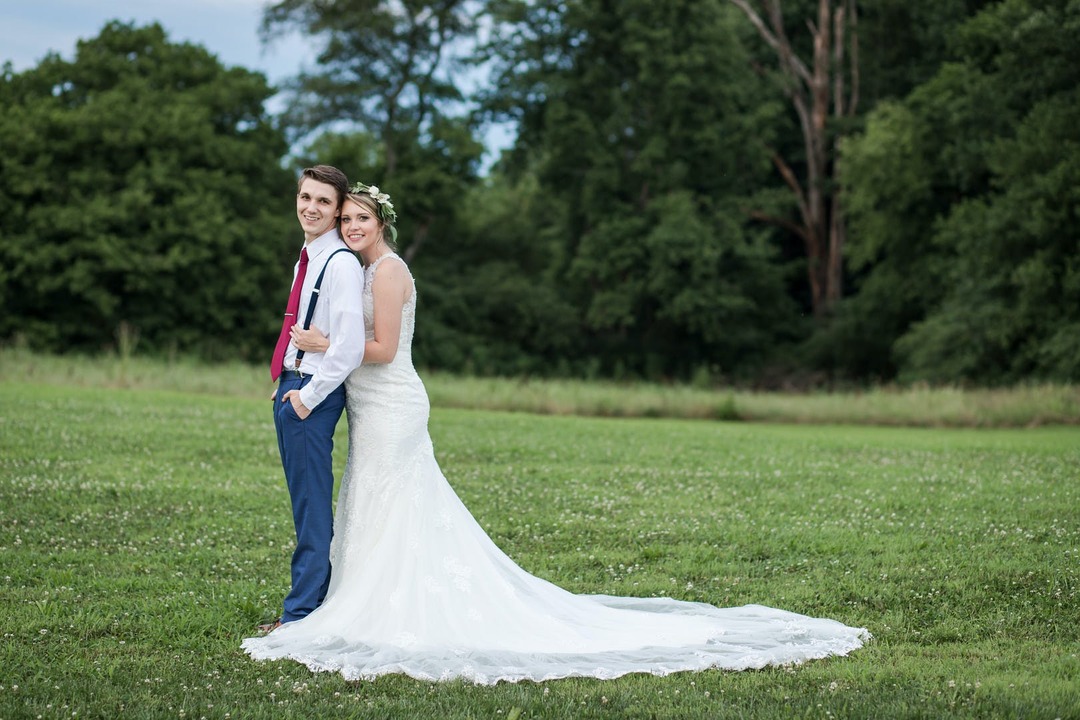
There Are Plenty of Options to Choose From
Just because you say “yes” to a dress with a train, doesn’t mean you’re committing to a lengthy, heavy, and unmanageable train. There are wedding dress train types of every shape and size to choose from, from understated styles that just sweep the floor to regal lengths that trail the bride by ten feet.
Choosing a particular style dress doesn’t inhibit your ability to have a train and vice versa. Long trains can be shortened during alterations or even added. When you try on gowns, talk to your bridal consultant about how each style dress and its train can be converted, so you can find the right combination to match your preferences.
Cons of a Wedding Dress Train
The Potential for Damage
Unfortunately, wedding dress trains aren’t all sunshine and roses. Considering they do drag along the floor, they can easily be damaged. From wedding guests (or even the groom) stepping on the hem, to mud, rocks, and twigs getting caught in the netting, there are plenty of threats a wedding dress train will encounter.
While damage can occur to your dress at any given time, the probability of your gown’s train becoming stained or snagged is increased at an outdoor wedding. If you’re saying “I do” outdoors and are concerned about maintaining the quality of your wedding dress after the wedding day, you may want to forgo wearing a dress with a long train. And even though your gown’s train may be safe from the natural elements at an indoor wedding, it will still need to be bustled to prevent a shoe or two from going through it on the dance floor.
The Weight
It should come as no surprise that adding a lot of extra fabric to the skirt of a dress adds a lot of weight to it as well. The longer the train, the heavier it will be. If you select a lightweight style made of tulle or lace fabric, you may not notice a few extra pounds, but heavier fabrics and embellished styles will become heavy quickly.
You will be on your feet most of your wedding day and need to have the strength to not only stand throughout the ceremony, but also to carry your dress around with you all night. If it feels heavy at the bridal salon, try and picture wearing it for twelve-plus hours. By simply shortening the train length or selecting a dress without one, you can save yourself from fatigue on the wedding day and soreness thereafter.
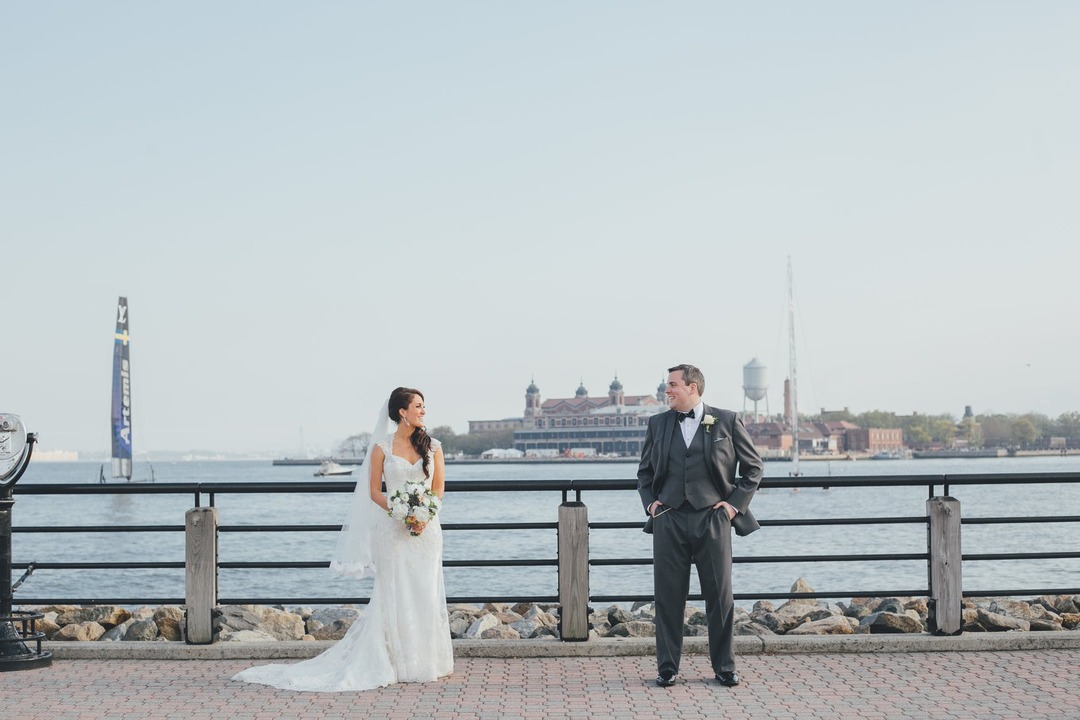
The Ability (or Lack Thereof) to Move
As we’ve expressed, moving around with a train behind you is no easy feat given the weight of it and the impending threats. Even if you opt for a shorter train, someone can easily step on it, or you could easily trip over it. A train requires assistance from your bridesmaids and eventually a bustle in order to navigate the day from the moment you dress to the moment you climb into the back of the getaway car. While you can likely manage the walk down the aisle without faltering, and the bridal train can look its best during the ceremony with a fluff from your MOH, the reception is a whole other story. Dancing, mingling, and making trips to and from the Champagne tower will be far more difficult with a train slowing you down. If you can bustle your dress before the reception you’ll be able to move through the evening with ease.
The Cost of Adding a Bustle
While a bustle is all but compulsory, it does come at a cost. Unbeknownst to most, most wedding dresses don’t come with bustles so they need to be added during the alterations process. Elaborate bustles can put a dent in your alterations budget or blow it up completely. While a simple A-line gown and chapel-length train may only require a few loops, dresses with intricate beading, atypical seams, and extremely long trains will be expensive to bustle—and more difficult, too.
Wedding Dress Train Alternatives
If a train is beginning to sound like a lot of work, but the dramatic look of it is important to you, there are other options that can give you the best of both worlds. With all of the pros and none of the cons, these wedding dress train alternatives are easy to say “yes” to:
A Detachable Train
A detachable train is a great alternative to a wedding dress with a traditional train for a variety of reasons, the most appealing of which is that you can easily remove it after the ceremony. A detachable wedding train allows you the drama of a train for the walk down the aisle. but the comfort of a shorter hemline for the dance floor. Detachable trains come in more than one style, too. Skirts and Watteaus, where the train hooks to the shoulders or upper back of the dress, and capes are all varieties of detachable trains that can give you the same or similar look to a traditional attached train.
A Longer Veil
If you want to wear a veil anyway, why not choose one with an extravagant length that makes up for what the dress lacks in train? A veil can provide the same spectacle as a train of similar length. Whether you opt to forgo a train because of budget or comfort, a veil has your back.
A Second Dress
Your wedding dress should be everything you dreamed of and more—and if that means all your dreams can’t be met in one dress, wear a second one. A second dress can be chosen to meet all the stylistic qualities you’re looking for, but it can also be key in combating the cons of a train. Short and spicy, or floor-length and fun, there are plenty of reception-ready dresses to choose from.
Did we help you make up your mind? Consider your wedding venue, style, and desired-comfort-level when deciding whether or not to have a wedding dress train. Nothing will compare to how you actually feel in the right wedding dress, so try them on, train and all, in order to find The One.
Up next for you
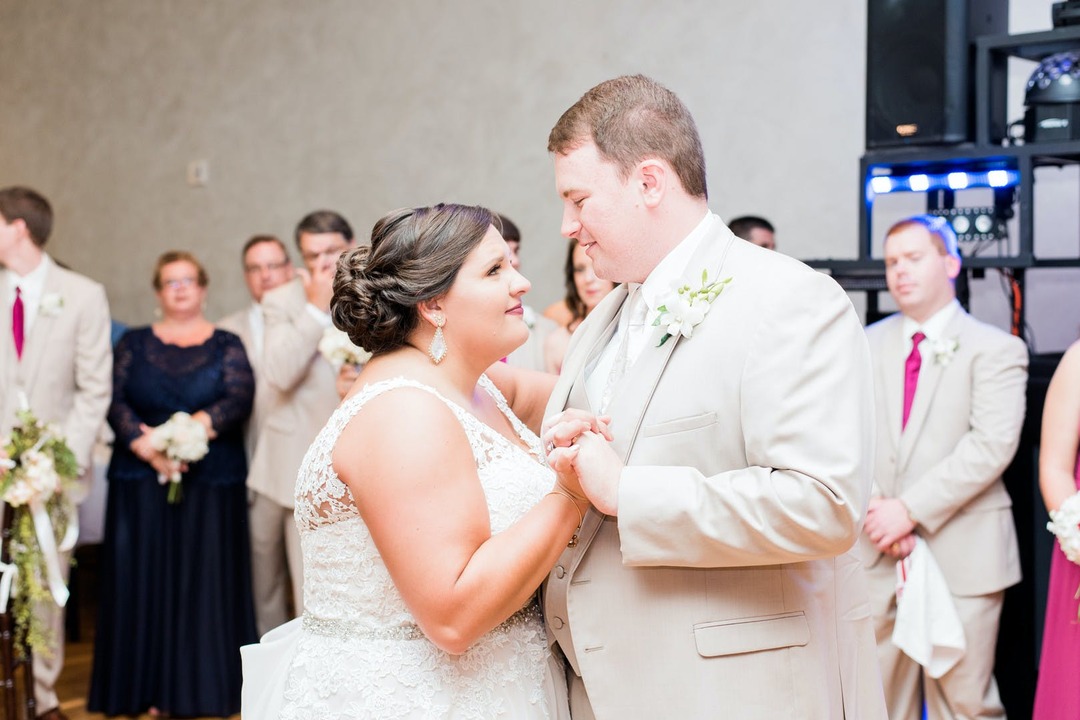
How to Dance in a Wedding Dress + 11 Wedding Dress Options
How-To
You don’t have to sacrifice your dance moves for your dream dress. We’ll show you how to dance in a wedding dress with a train, so you can party all night long.
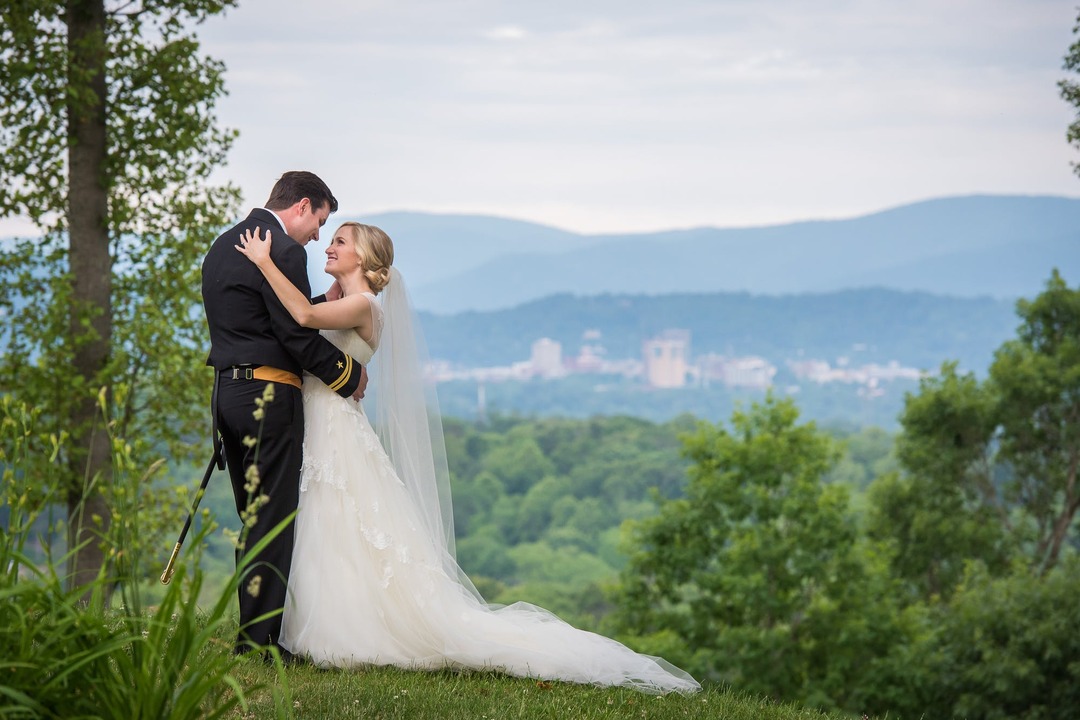
How Do You Attach a Train to a Wedding Dress?
How-To
If you’re looking to add that “je ne sais quoi” to your dress, a detachable wedding train may be right for you.
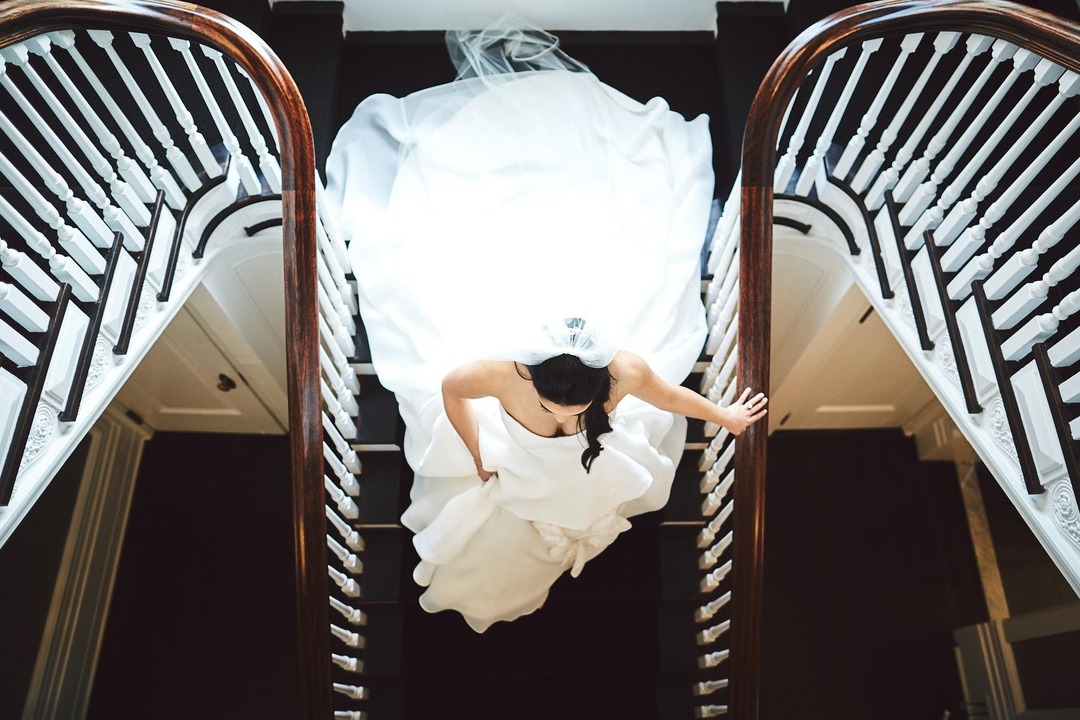
What Are the Different Types of Wedding Dress Trains?
Inspiration
Just like weddings and the couples who plan them, wedding dress train types come in all different styles. We’ll help you find the right one for you.
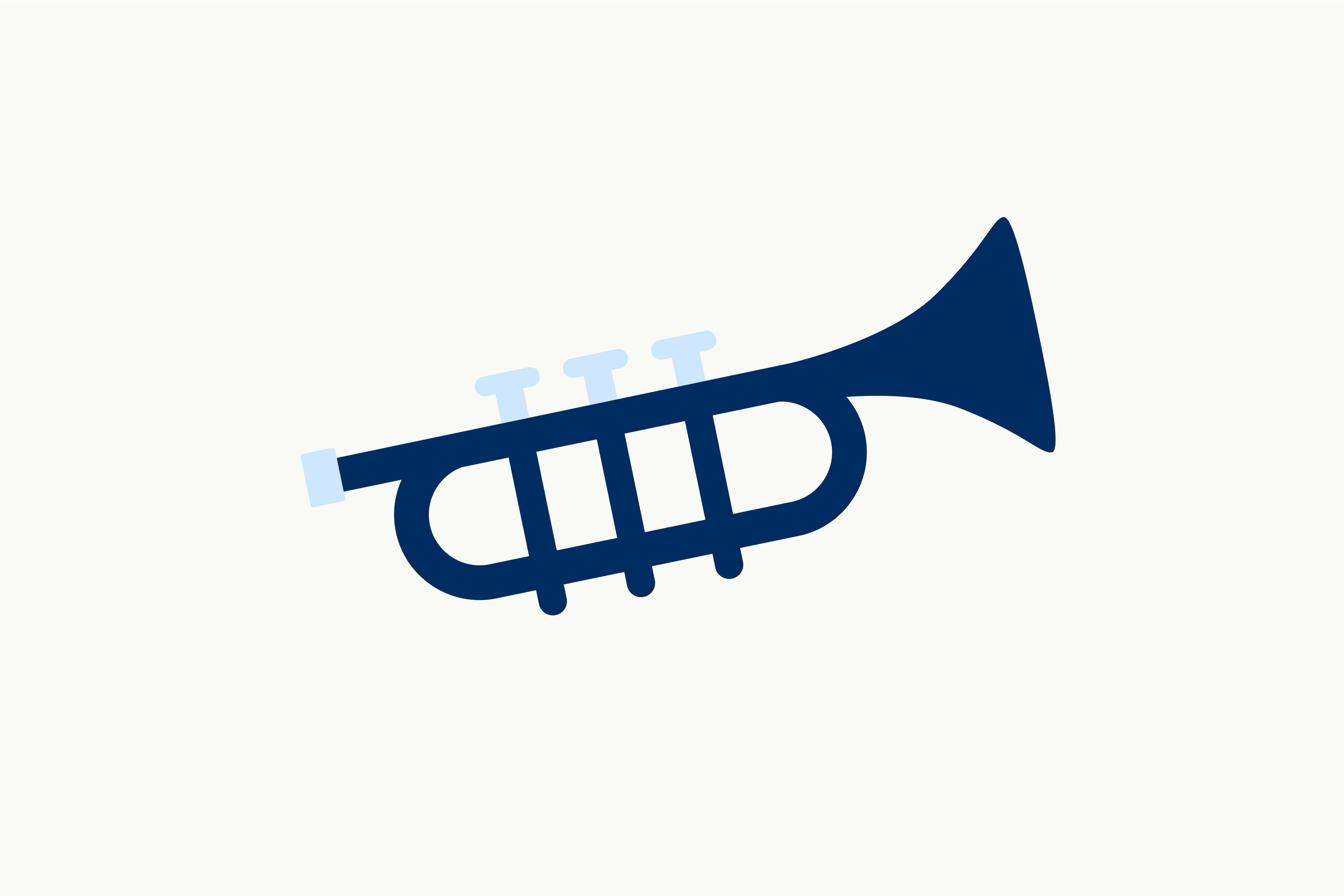
Your Guide to Trumpet Wedding Dresses
Inspiration
Trumpet wedding dresses have a beautiful silhouette. Find out the ways in which you can customize this style and make it your own.
- Expert advice/
- Fashion & beauty/
- Shoes & accessories/
- Train or No Train? The Pros and Cons of Wedding Dress Trains
Find even more wedding ideas, inspo, tips, and tricks
We’ve got wedding planning advice on everything from save the dates to wedding cakes.
